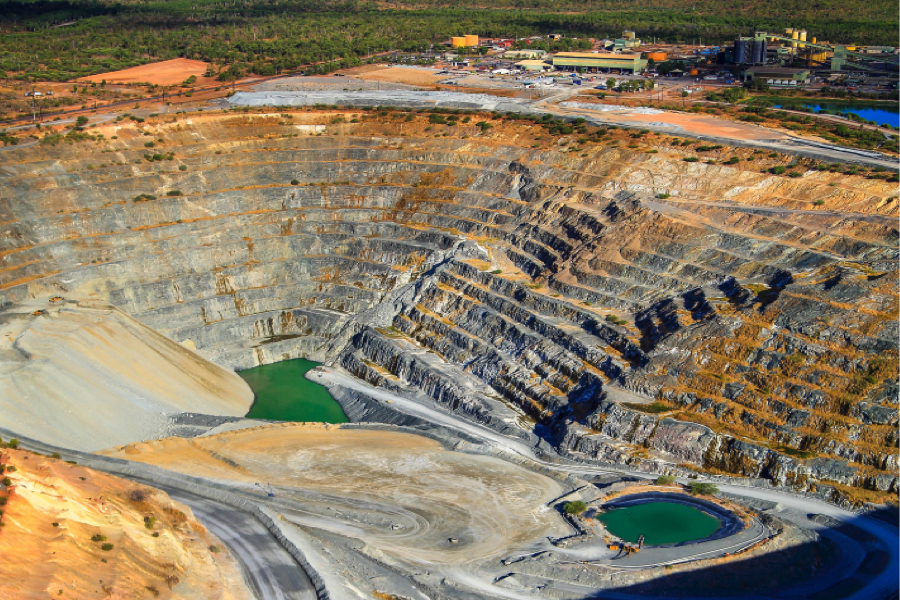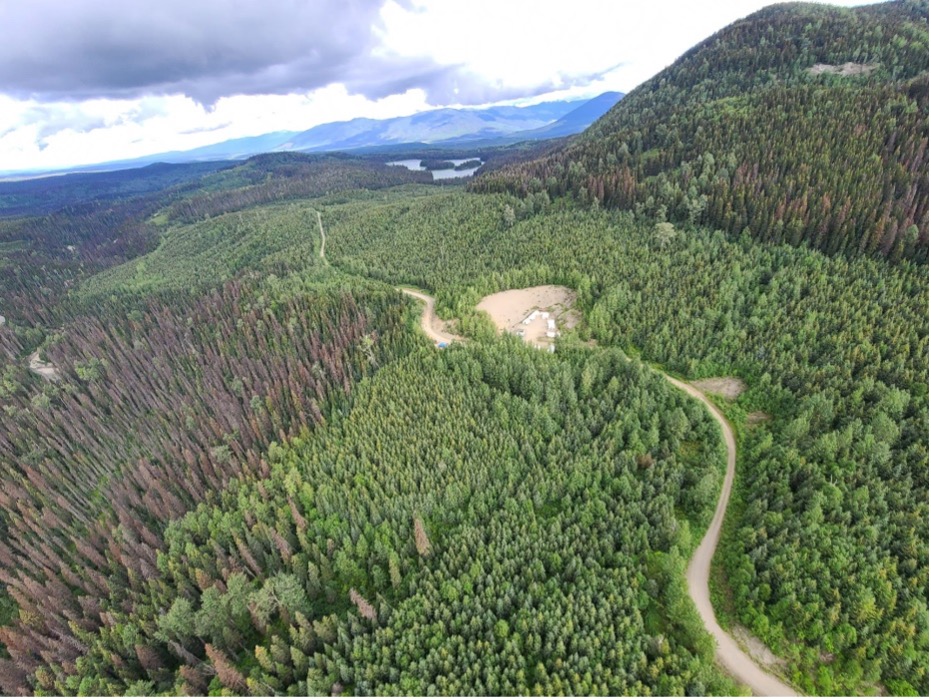Australia’s Ranger uranium mine ceases production

Energy Resources of Australia (ASX: ERA) has ceased production at its Ranger uranium mine in the country’s Northern Territory after 40 years of operations.
The company will now move to the rehabilitation phase of the area, which is expected to cost about A$808 million ($620m) and must be completed by January 2026.
ERA raised $476 million early last year to fund the process, with major shareholder Rio Tinto increasing its stake from 68.4% to 86.3% as part of an underwriting agreement.
Era operated the Ranger mine since 1980, producing about 132,000 tonnes of uranium oxide
The Ranger uranium orebody, the richest in the southern hemisphere, was discovered in late 1969 by geologists who were investigating radiometric anomalies detected by air surveys. Drilling over the next two years defined several orebodies and a proposal to mine the area was drafted.
Open cut mining started at Ranger in 1980, with the mine reaching full production of uranium oxide a year later. The mine led to the construction of the town of Jabiru in 1982, originally a closed community for mine employees.
A total of three pits were developed by 2012. During that time, there was talk of developing an underground resource discovered in 2009. After a prefeasibility study into the Ranger 3 Deeps resource and opposition from traditional land owners, ERA’s board chose not to proceed.
Both the operation and the mining town of Jabiru are surrounded by a World-Heritage-listed National Park — Kakadu. This makes ERA’s rehabilitation work and future monitoring of the project area an issue of federal significance.
{{ commodity.name }}
{{ post.title }}
{{ post.date }}


Comments